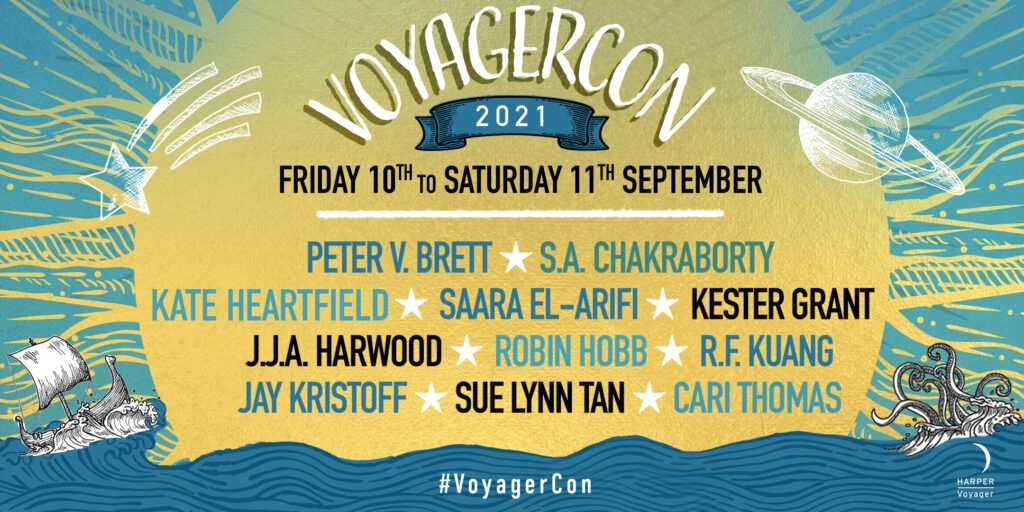Today is the launch day for the 20th Anniversary Edition of The Trickster, by the brilliant Muriel Gray. Her work has been described by Stephen King as ‘scary and unputdownable’, and The Trickster is no exception. Muriel has had a media career spanning more than three decades, from presenting Channel 4’s seminal music programme The Tube alongside Jools Holland, to her career as a bestselling novelist and political opinion writer for The Guardian, The Sunday Mirror, Time Out magazine and many more publications. To celebrate this new edition, Muriel has written a brilliant introduction. You can order The Trickster, here.
Here’s a confession. If The Trickster had been written today instead of twenty years ago it would probably be a much lazier book. There was no internet in 1994. Well, there was a sort of internet. It was called ‘a library’.
The story grew after a two-month winter stay in the Canadian Rockies, in and around the Alberta town of Banff, named after the Aberdeenshire town by the Scots who built the great railway that opened up Western Canada to the world. That fascinating historical connection, combined with the local Native Canadian lore and backdrop of fiercely beautiful, unforgiving mountain landscape, would set any imagination alight. And it did.
The history of the Canadian Pacific Railway alone is enough to fill a whole library of books, as indeed it has, as I discovered when I set out to find more, poring over volumes in Glasgow’s grand Mitchell Library.
But as the story evolved around the native people, whose land this had been long before the Scots and their Chinese labourers arrived to lay iron rails through previously unnavigable wilderness, it was clear there was only one way to gather accurate information. Go back and talk to them.
I was warned by local non-native Canadians that trying to gain access to the Stoney Indian Tribe, whose First Nation reserve lies to the east of Banff by the small town of Cochrane, was all but impossible. Wary of outsiders, with a depressing range of serious social problems, these were not people who would be instantly eager to share tales of their ancestors with a stranger from Scotland.
But since the clan motto ‘Hold Fast Craigellachie’ was the telegram sent to the team leader nearing exhaustion during the railway construction’s most challenging section, it seemed right to follow suit.
To meet a reserve resident you make a date and a place, and then you go and wait. They don’t turn up. Well, they do. They watch you from afar. And if you keep coming back at the right time and the right place then eventually they come too.
It took nearly two weeks. Same place, same time, every single day. And then suddenly, one day I was in. My guide was a young woman, Co-Co Powderface, a champion barrel-rider and hunter. We talked and talked. We visited her home, a corrugated iron hand-built house, the tiny shack of her grandmother, a non-English speaker, and the surprise was that everything about it was resonant of lives I’d seen as a child in Scotland, when travelling in the Outer Hebrides and the far north Highlands. Strangely familiar territory.
Over the days we spent with Co-Co, her grandmother, through translation, told tales of shape shifting, of travelling hundreds of miles in minutes, of the spirits and their lives, and miserably, of darker things in their community, horribly real and human and indisputable.
So it’s to her, her family and her people I dedicate this new edition. Had I been able to travel there by clicking the internet, to browse through their myths and legends, idly gaze at photographs of First Nations reserves and forums about cultural practices and problems, I would never have had the privilege of meeting them.
Twenty years seems a long time ago. But just think. To something dark, something ancient, evil and indestructible, something that existed on earth long before the first fish crawled from the sea on its journey to evolve into mankind, it would seem no more than the sideways blink of an eye.
Muriel Gray, 2015
